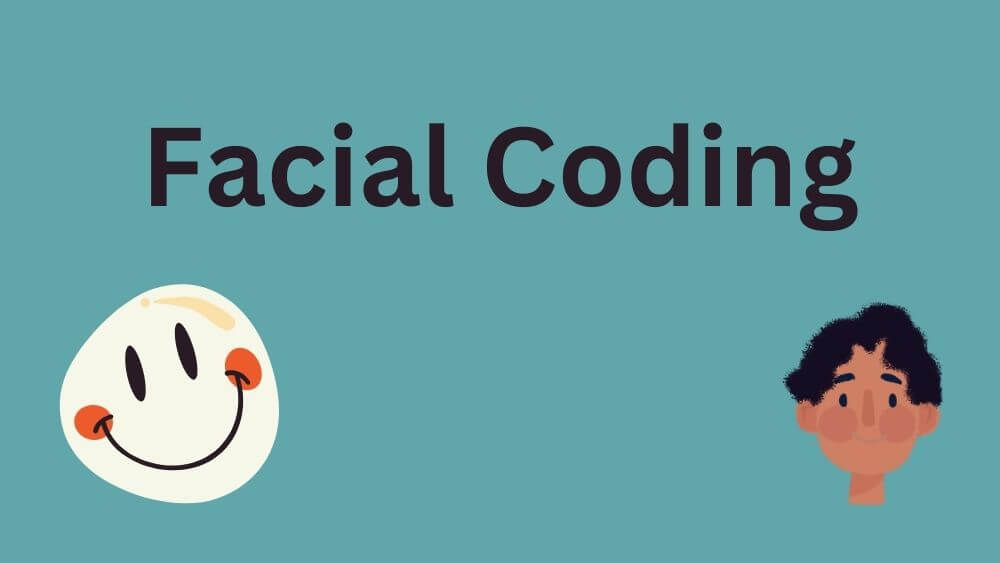Introduction
In a world where emotions often remain shrouded in mystery, facial coding emerges as a revolutionary tool for unraveling the enigma of human feelings.
This article delves deep into the realm of facial-coding, shedding light on its intricacies, applications, and profound impact across different domains.
Join us on this journey as we decode the power of facial-coding and explore the myriad ways it has transformed our understanding of human emotions.

Understanding Facial Coding
The Science Behind Facial Coding
Facial-coding, also known as facial expression analysis, is a sophisticated technology rooted in the study of microexpressions and macro expressions.
It involves the meticulous analysis of facial muscle movements to decipher the underlying emotions a person is experiencing.
This science draws inspiration from Charles Darwin’s theory that facial expressions are universal, transcending cultural boundaries.
Microexpressions vs. Macro expression
Facial coding distinguishes between microexpressions, which are fleeting and often subconscious facial movements lasting for just a fraction of a second, and macro expressions, which are more extended and deliberate expressions.
Microexpressions are particularly intriguing, as they can reveal concealed emotions that people may not want to disclose consciously.
How Facial-Coding Works
Facial-coding relies on advanced computer algorithms and artificial intelligence to analyze the minutest details of facial expressions.
It involves tracking the movement of specific facial muscles and mapping them to a range of emotions, including happiness, sadness, anger, fear, surprise, and disgust.
This technology enables precise emotion recognition with remarkable accuracy.
The Role of Facial Muscles
The key to facial-coding lies in understanding the involvement of facial muscles in expressing emotions.
For instance, a raised inner eyebrow may signify surprise, while a downturned mouth corner could indicate sadness.
By analyzing these muscle movements, facial-coding software can decode the emotional state of an individual.
Applications of Facial Coding
Market Research and Advertising
One of the most prominent applications of facial-coding is in the realm of market research and advertising.
Companies use facial-coding to gauge consumer reactions to advertisements and products.
By understanding how consumers truly feel, businesses can tailor their strategies for maximum impact.
Enhancing User Experience
In the world of user experience (UX) design, facial coding plays a vital role. It helps designers evaluate user reactions to websites and applications.
This feedback is invaluable for creating interfaces that are intuitive and emotionally engaging.
Mental Health and Therapy
Facial coding has also found its way into the field of mental health and therapy.
Therapists use it to assess the emotional state of their clients, especially when clients have difficulty articulating their feelings.
It offers insights that aid in more effective therapy sessions.
Criminal Investigations and Security
In criminal investigations, facial-coding assists in detecting deception.
Law enforcement agencies employ this technology during interrogations to identify signs of dishonesty or hidden emotions.
It can be a game-changer in solving cases.
Facial-Coding in Action
Real-Life Examples
Let’s explore some real-life scenarios where facial coding has made a significant impact:
Presidential Debates
During televised presidential debates, facial coding software was used to analyze the candidates’ expressions.
This provided valuable insights into their emotional responses to various questions, helping voters gauge authenticity.
Customer Satisfaction Surveys
Companies like Apple have employed facial coding to assess customer reactions to their products. This data guides product improvements and marketing strategies.
Frequently Asked Questions
What is the accuracy of facial coding in emotion detection?
- Facial-coding boasts an impressive accuracy rate, often exceeding 90%, in recognizing basic emotions like happiness, sadness, and anger.
Is facial-coding invasive?
- No, facial-coding is non-invasive and relies solely on the analysis of facial expressions. It does not require any physical contact or intrusion.
Can facial coding identify complex emotions?
- While facial coding excels at detecting basic emotions, identifying complex emotions like jealousy or nostalgia remains a challenge.
Are there ethical concerns associated with facial coding?
- Yes, ethical concerns include privacy issues and potential misuse of data. Stricter regulations are needed to address these concerns.
Conclusion
Facial-coding, with its ability to decode human emotions through facial expressions, has transformed various fields, from marketing to therapy and criminal investigations.
This powerful technology has made its mark by providing insights that were once hidden beneath the surface.
As it continues to evolve, the potential applications of facial coding are boundless, promising a deeper understanding of our most fundamental human experiences. So, isn’t it time we uncover the emotions behind every face?
